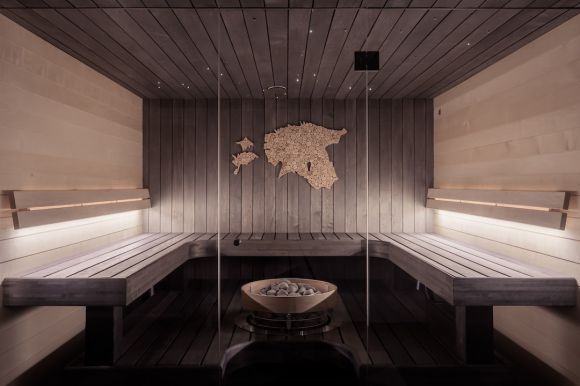For centuries, saunas have been a popular way to relax and rejuvenate the body and mind. Originating from Finland, these steam-filled rooms have become a staple in many cultures around the world. The history of saunas is rich and fascinating, with their origins dating back thousands of years. Let’s take a closer look at the evolution of saunas and how they have become a beloved form of therapy today.
Ancient Origins
Saunas have their roots in ancient Finland, where they were an integral part of the culture. The Finnish word “sauna” actually means “bathhouse,” and these steam rooms were originally used for bathing and cleansing rituals. The earliest saunas were simple pits dug into the ground, which were then covered with animal skins or tree branches to create a makeshift steam room.
Healing Properties
The healing properties of saunas were quickly recognized by the ancient Finns. The combination of heat and steam helped to open up the pores, cleanse the skin, and promote sweating, which was believed to purify the body. Saunas were also used to alleviate various ailments, including respiratory problems, muscle pain, and even mental stress. The therapeutic benefits of saunas were so widely recognized that they became an essential part of Finnish medicine.
Spread to Other Cultures
As trade and exploration spread throughout the world, so too did the concept of saunas. The Romans, for example, had their own version of the sauna called the “thermae,” which was a public bathhouse that featured hot steam rooms. In ancient Rome, saunas were seen as a social gathering place, where people would relax, socialize, and even conduct business.
Saunas also made their way to other Nordic countries, such as Sweden and Norway, where they became an integral part of the culture. In these countries, saunas were used for both relaxation and socializing. It was common for families and friends to gather in the sauna, enjoying the heat and steam while engaging in conversation.
Modern Saunas
In the 19th century, saunas began to evolve into the modern structures we are familiar with today. The traditional Finnish sauna, known as the “savusauna,” was made from logs and heated with wood-burning stoves. However, as technology advanced, saunas started to incorporate other heating methods, such as electric and infrared heaters.
Saunas also became more accessible to the general public, with the emergence of commercial saunas and health spas. Today, saunas can be found in gyms, hotels, and even private homes. Their popularity continues to grow as people recognize the numerous health benefits they offer.
Health Benefits of Saunas
Saunas are not just a place to relax and unwind; they also offer a wide range of health benefits. The heat and steam help to improve circulation, which can relieve muscle tension and promote faster muscle recovery. Saunas are also known to boost the immune system, improve respiratory function, and reduce stress levels.
In recent years, infrared saunas have gained popularity for their unique therapeutic properties. Unlike traditional saunas, which heat the air, infrared saunas use infrared heat to penetrate the body directly. This heat is believed to have a deeper impact on the body, resulting in increased detoxification, pain relief, and improved skin health.
In conclusion, the history of saunas is a testament to the enduring power of heat and steam as a form of therapy. From their humble beginnings in ancient Finland to their widespread popularity today, saunas have proven to be a timeless way to relax, heal, and rejuvenate the body and mind. Whether you prefer the traditional Finnish sauna or the modern infrared sauna, there is no denying the benefits of this ancient practice. So why not take some time for yourself and experience the healing and relaxation that comes from the warmth of a sauna?





